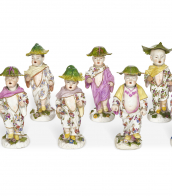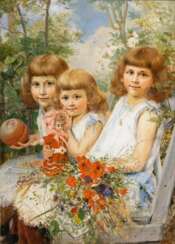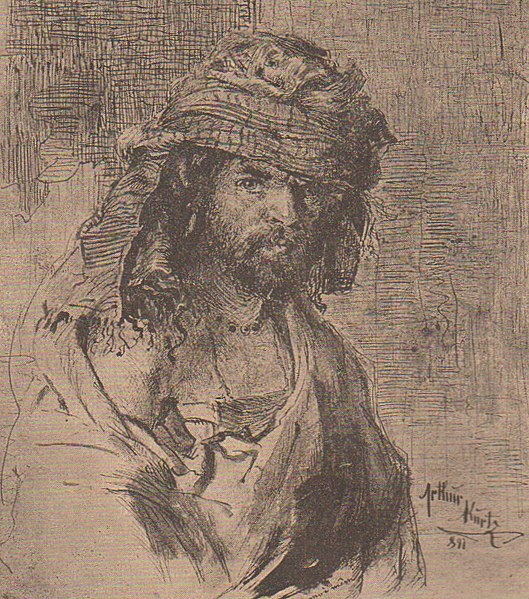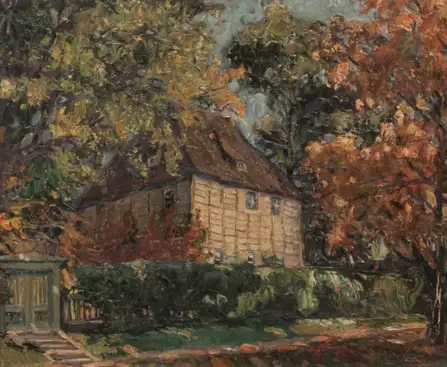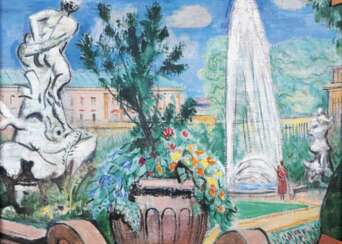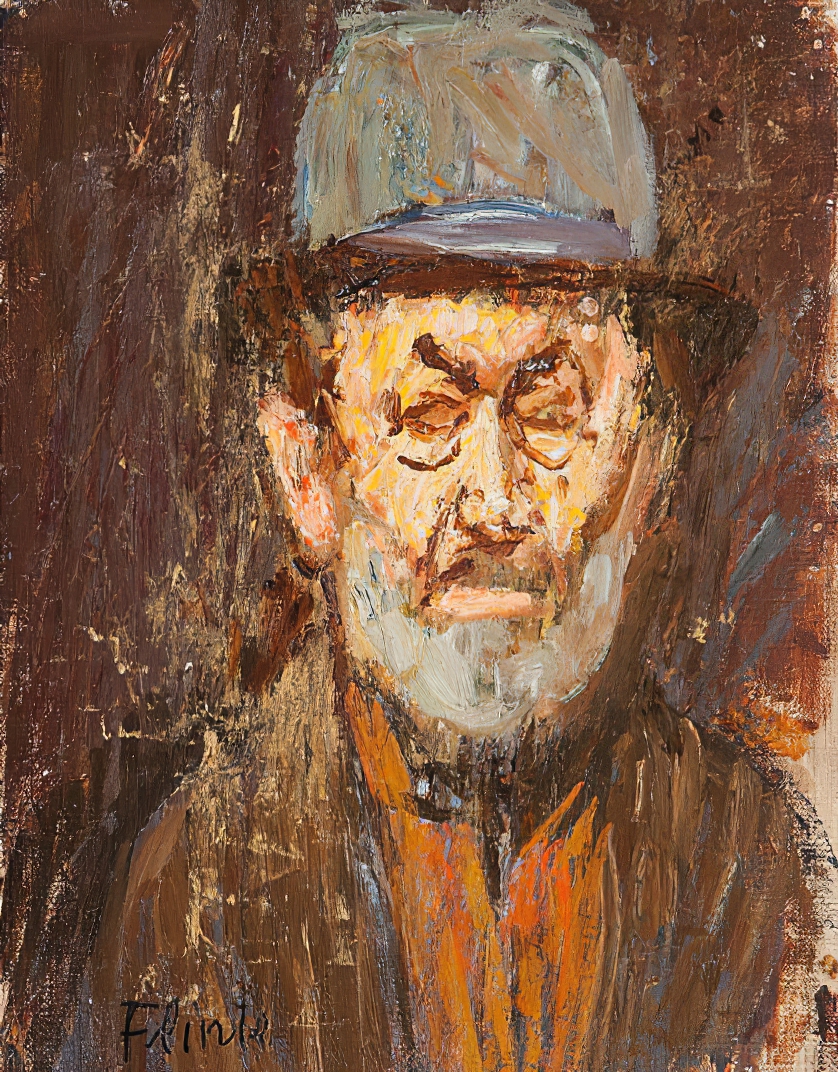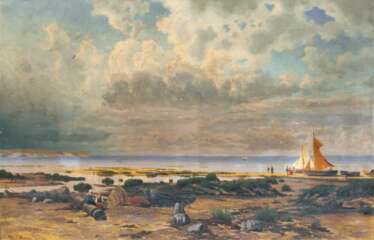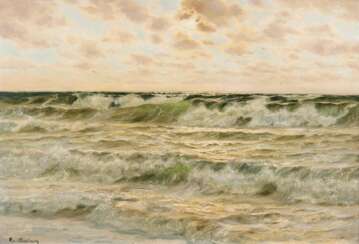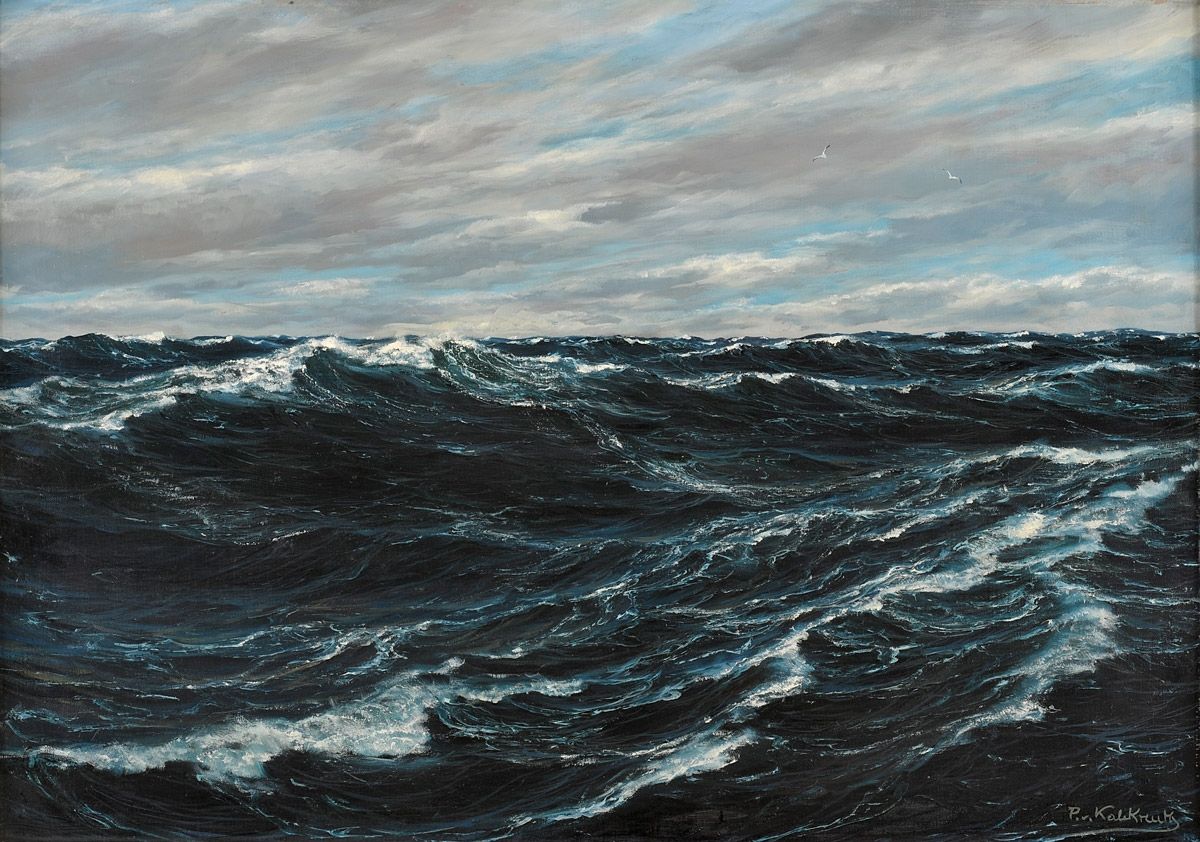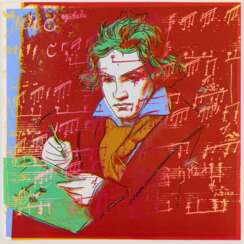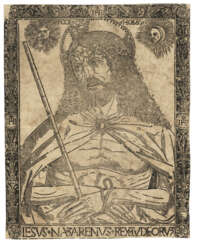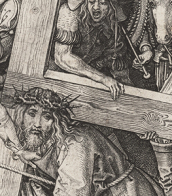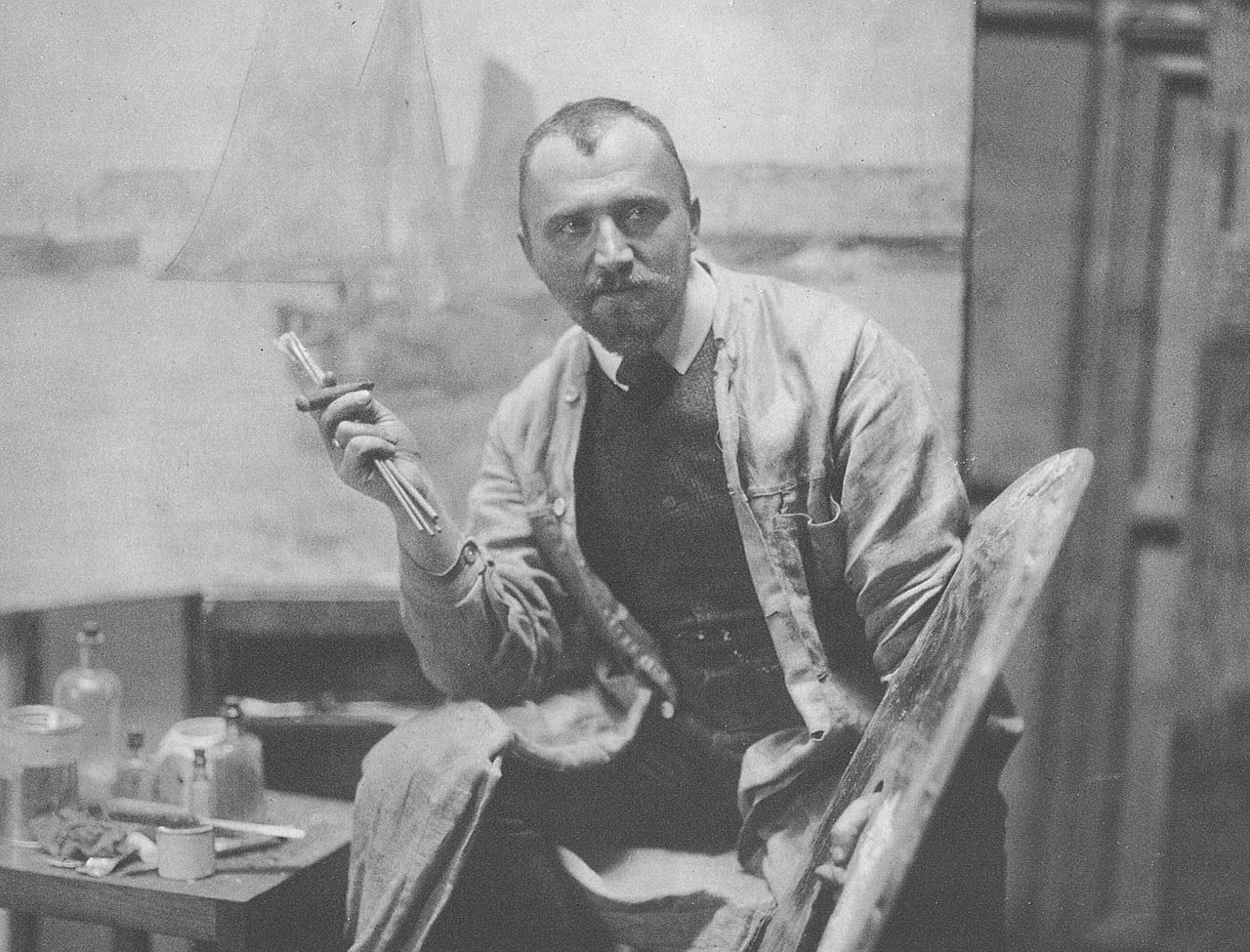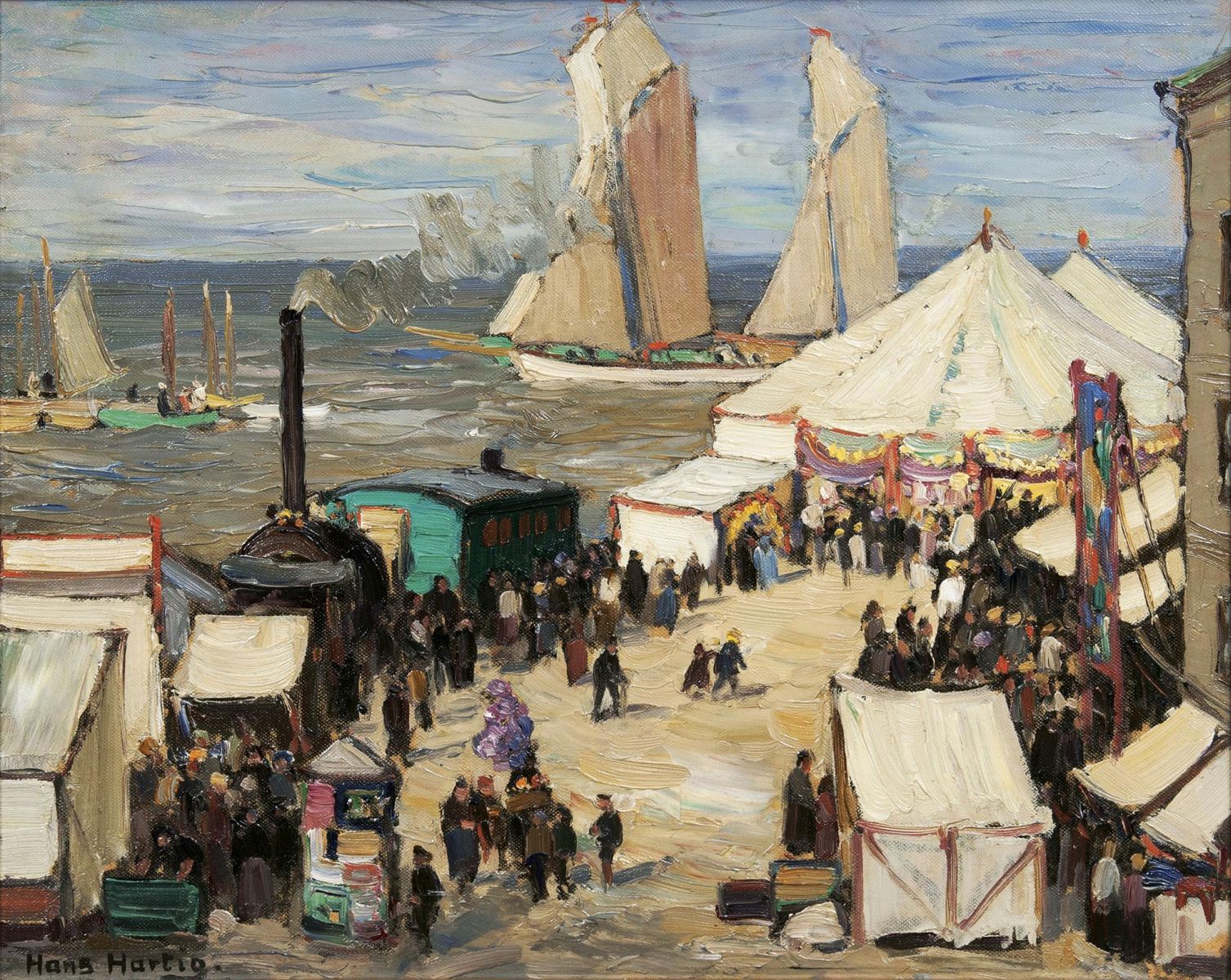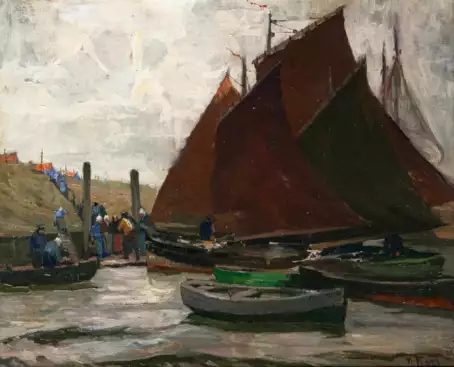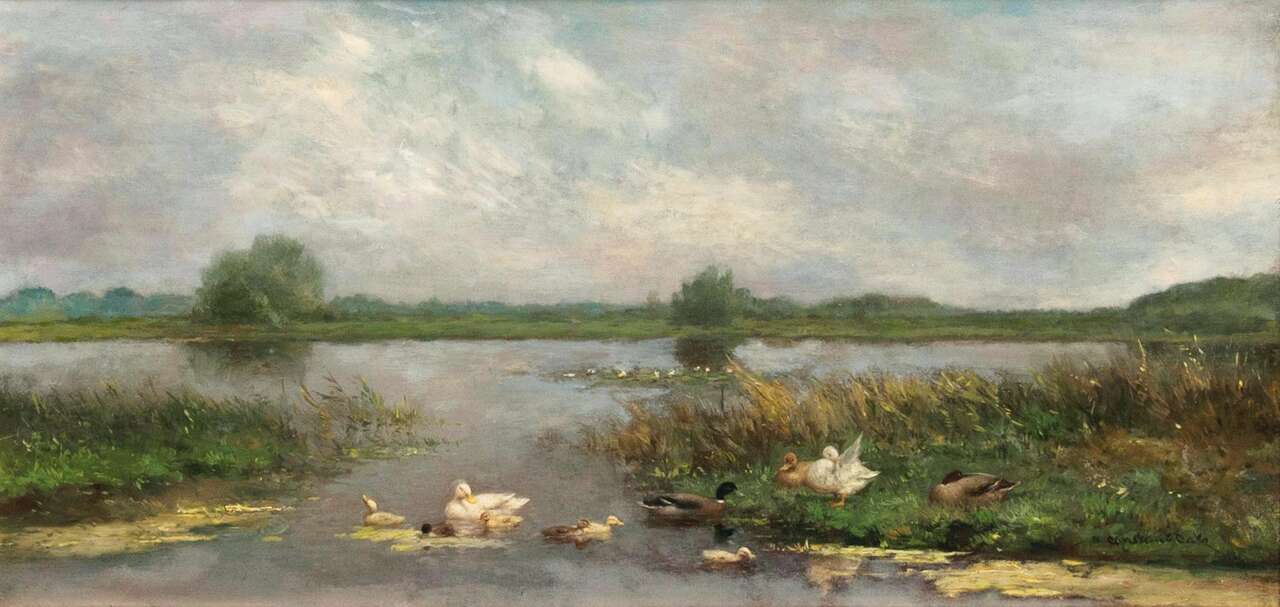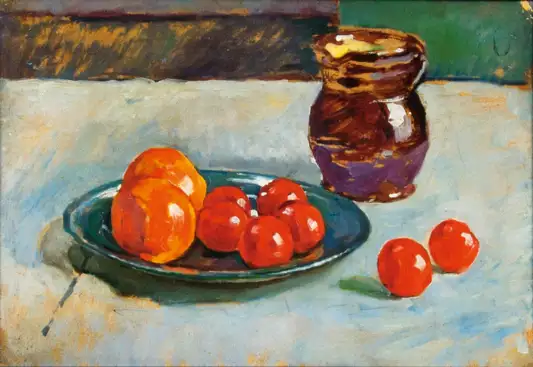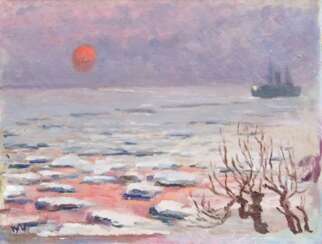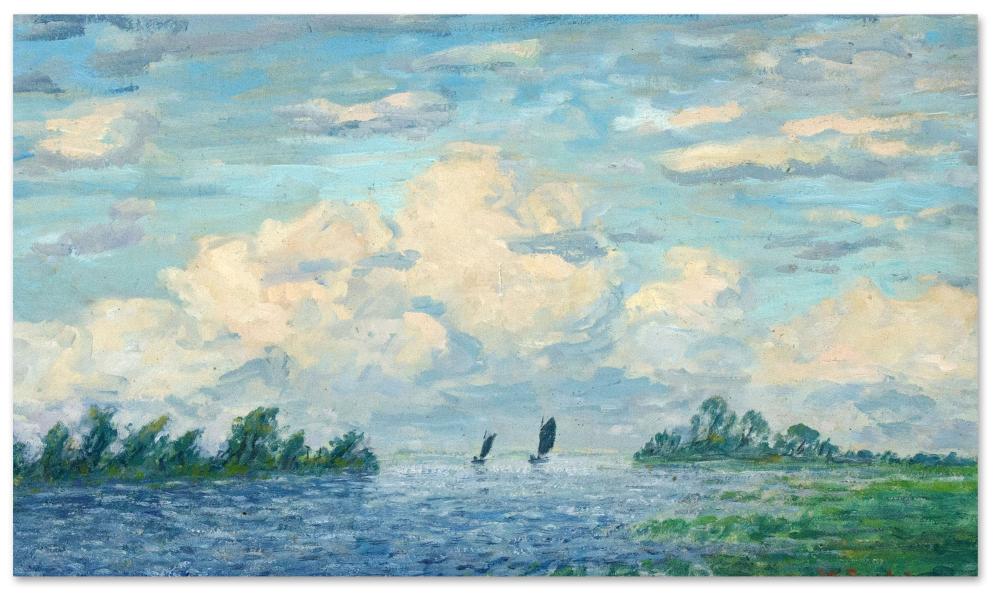north german art and new masters
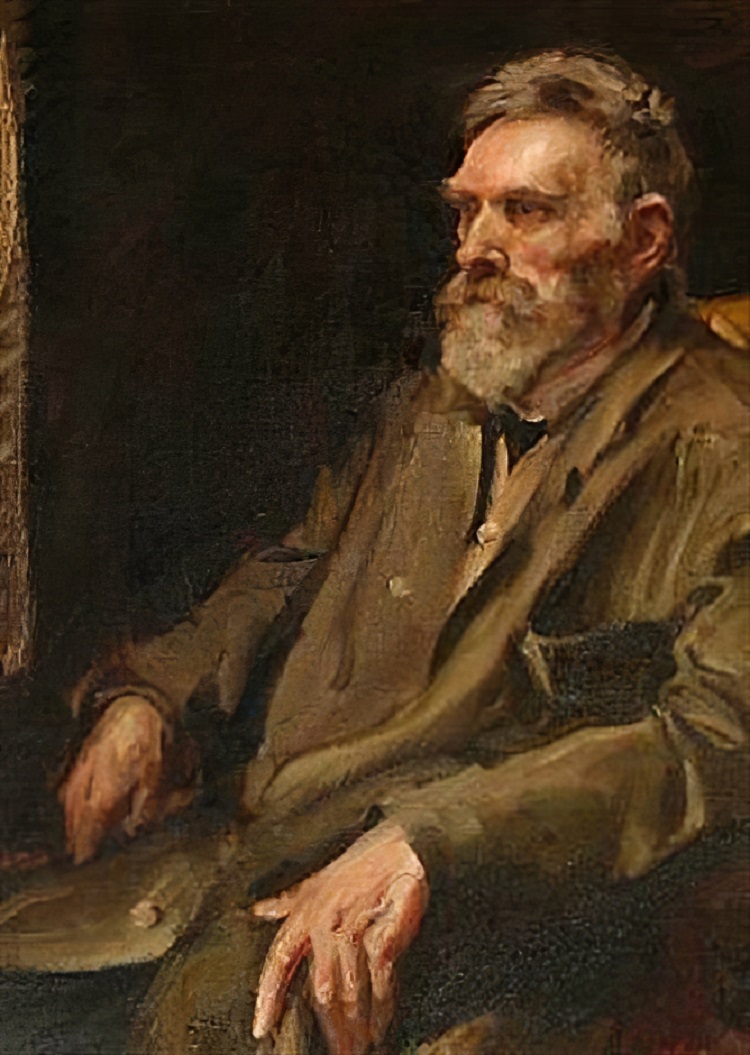
Anders Andersen-Lundby was a Danish landscape painter. He was most associated with winter landscapes.
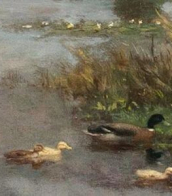
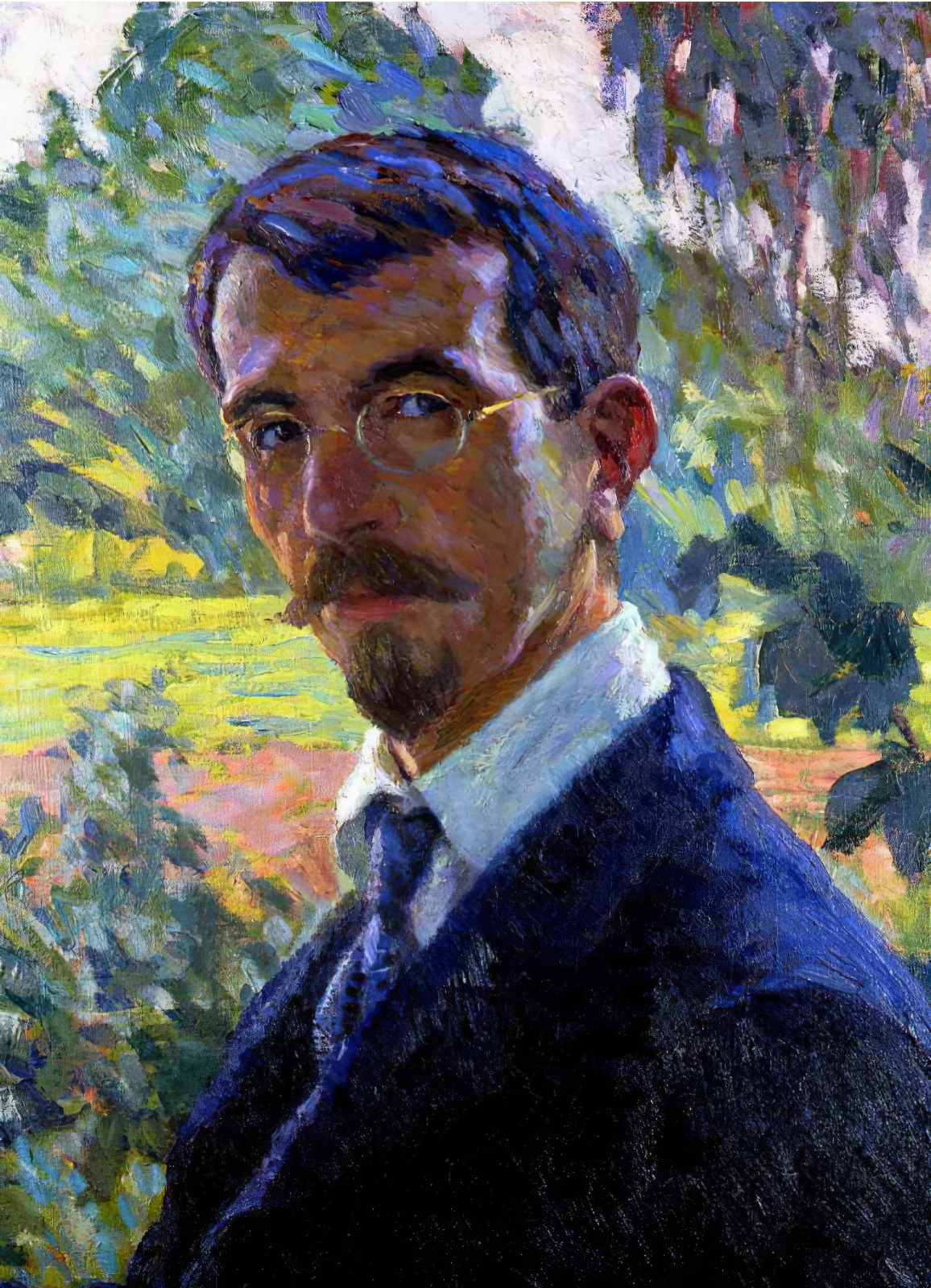
Wilhelm Heinrich Ernst Eitner was a German painter of the late nineteenth and first half of the twentieth centuries. He is known as an impressionist painter and teacher.
Eitner produced portraits, landscapes, and woodcuts in a style reminiscent of Japanese art. Despite initial rejection in German society of his impressionist style of painting, over the years he gained recognition and even the title "Claude Monet of the North." Eitner was a member of numerous art associations. His works are preserved in the Hamburg Kunsthalle.

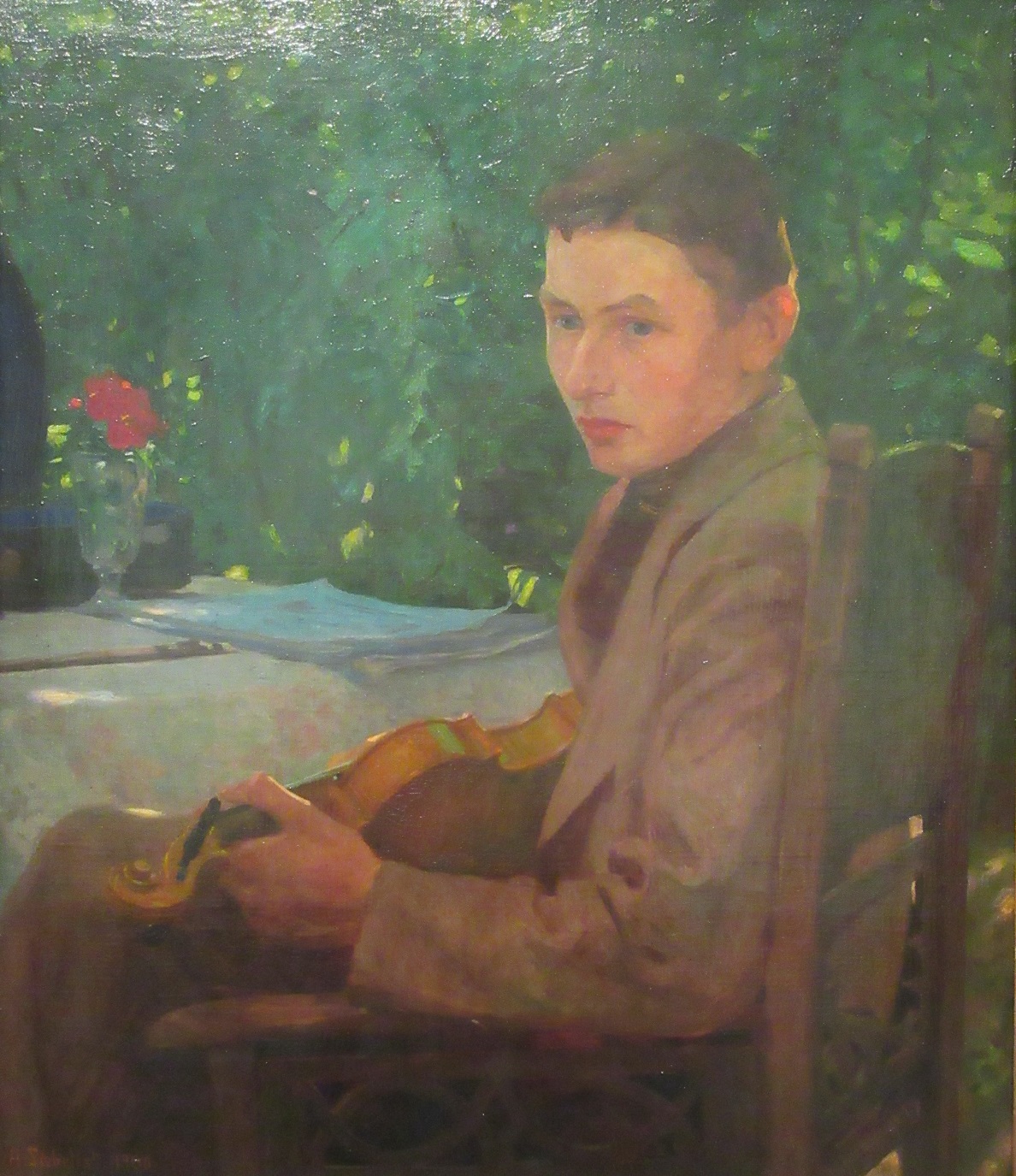
Friedrich Ahlers-Hestermann was a German painter and art writer from Hamburg. He was a member of the Hamburgische Künstlerclub of 1897, as well as of the Hamburg artist's workshop of 1832 and pupil of the Académie Matisse in Paris. After the First World War, he was a co-founder of the Hamburg Secession.

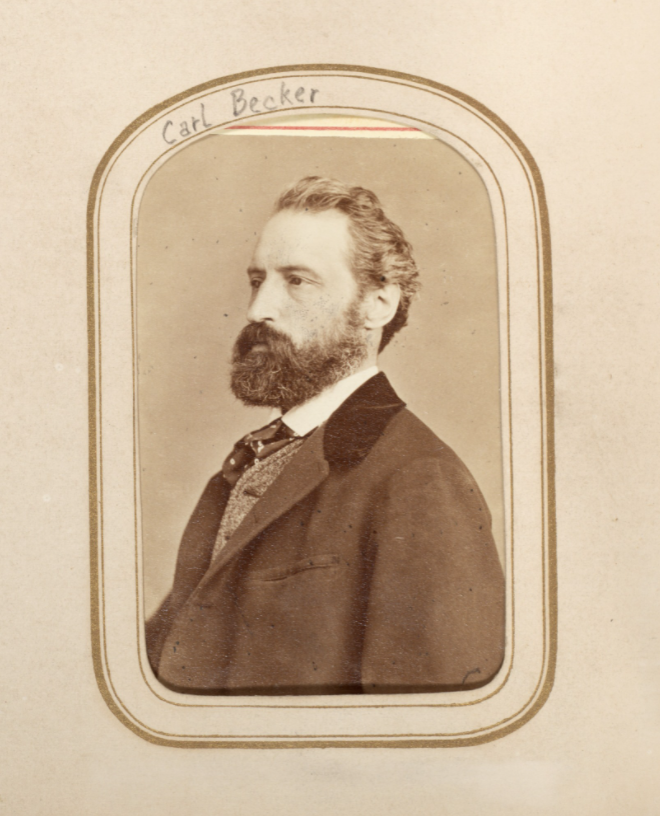
Carl Emil Rudolf Ludwig Becker was a German marine artist.
He was awarded gold medals at the International Art Exhibition of 1894, in Vienna, and the Große Berliner Kunstausstellung of 1896. Three years later, he was one of the co-founders of the Düsseldorfer Künstler-Vereinigung (artists' association). After the turn of the century, marine painting was heavily promoted by Kaiser Wilhelm II, who was attempting to make Germany a major sea power. As a result, the demand for Becker's paintings increased farther inland.

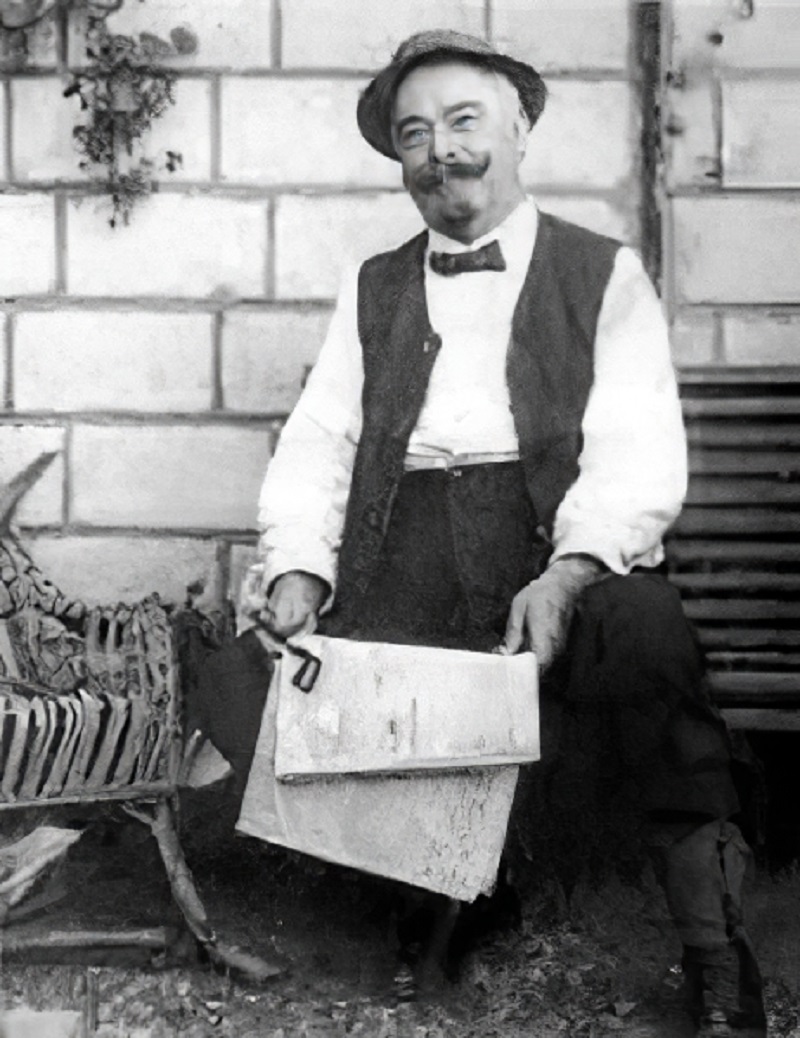
Eugène Galien-Laloue was a French artist. He was a populariser of street scenes, usually painted in autumn or winter.
His paintings of the early 1900s accurately represent the era in which he lived: a happy, bustling Paris, la Belle Époque, with horse-drawn carriages, trolley cars and its first omnibuses. Galien-Laloue's works are valued not only for their contribution to 20th-century art, but for the actual history, which they document. His work can be seen at the Musée des Beaux-Arts, Louvier; Musée des Beaux-Arts, La Rochelle; Mulhouse, France.

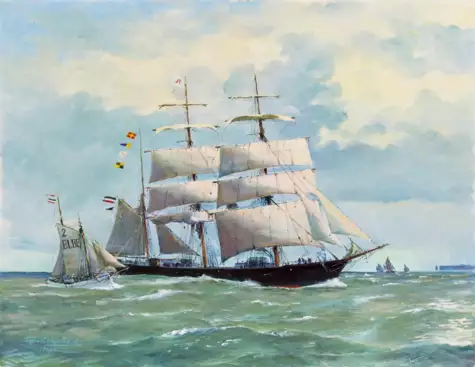
Roger Chapelet, full name Albert Roger Édouard Chapelet, was a French marine painter.
Chapelet worked in the Navy Ministry, in 1927 he began painting, and in 1936 he was appointed an official marine painter and became a member of the Naval Academy. During and after World War II, Chapelet took part in numerous operations of the French Navy. During his service, he continued to paint various military operations and naval battles. After the war, he returned to civilian life and became an artist for several ship companies.
Chapelet is considered one of the greatest artists of the French Navy of the 20th century.

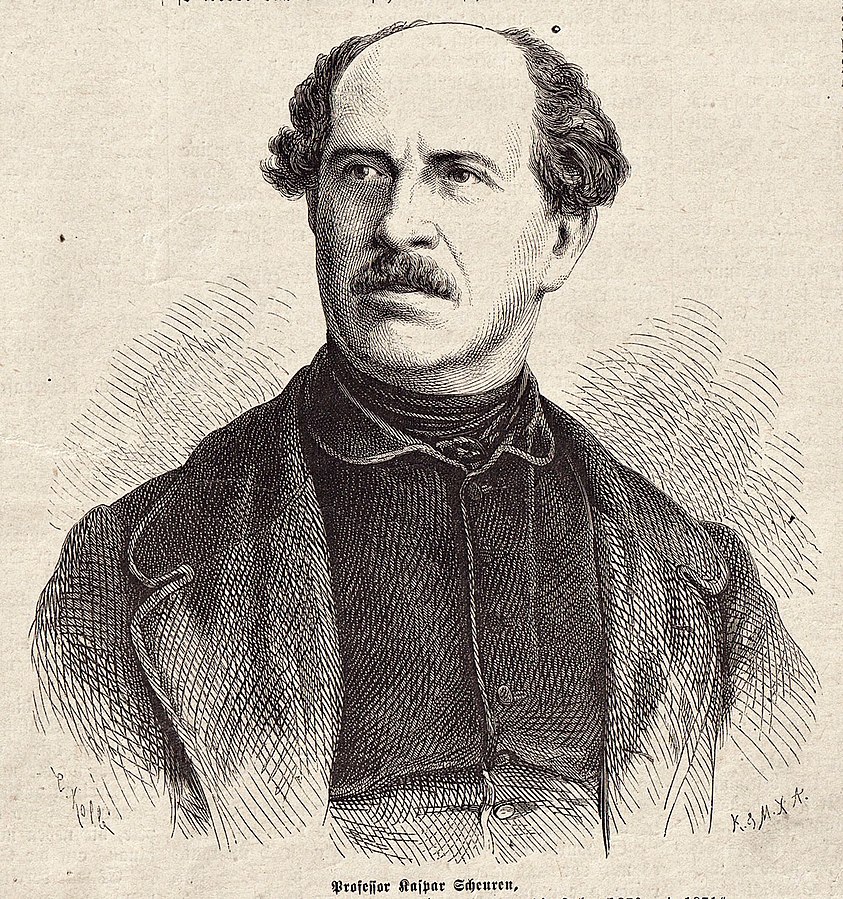
Caspar Johann Nepomuk Scheuren is a German painter and illustrator.
After receiving an elementary art education from his painter father Egidius Scheuren, he studied landscape painting at the Düsseldorf Academy of Art, where he later became a professor.
Caspar Scheuren gradually developed an allegorical style of landscape painting, including motifs from stories and legends of the Rhine. He produced more than 300 oil paintings, 600 watercolors and 400 engravings.


Andy Warhol, born as Andrew Warhola Jr., was an American visual artist, film director, and producer, who played a pivotal role in the development of the Pop Art movement. His art delved into the interplay between artistic expression, advertising, and celebrity culture, especially prevalent in the 1960s. Warhol was renowned for his diverse range of media, which included painting, silkscreening, photography, film, and sculpture.
Warhol's journey began in Pittsburgh, where he was born and raised, initially making a name for himself as a commercial illustrator. His New York studio, "The Factory," became a famous hub for intellectuals, celebrities, and various artistic minds. He was known for creating the notion of "Warhol superstars" and popularized the phrase "15 minutes of fame."
His contribution to the art world is significant, with notable works like "Campbell's Soup Cans" (1962) and "Marilyn Diptych" (1962), as well as his experimental films like "Empire" (1964) and "Chelsea Girls" (1966). These works not only define his career but also underscore the essence of the Pop Art movement.
Warhol's influence extended beyond his artwork. He managed and produced the experimental rock band The Velvet Underground, founded Interview magazine, and wrote several books, including "The Philosophy of Andy Warhol" and "Popism: The Warhol Sixties." Living openly as a gay man before the gay liberation movement, Warhol's personal life was as influential as his professional endeavors.
Tragically, Warhol's life was nearly cut short in 1968 when he was shot by radical feminist Valerie Solanas. He eventually passed away in 1987 due to cardiac arrhythmia following gallbladder surgery. His legacy continues, with The Andy Warhol Museum in Pittsburgh standing as the largest U.S. museum dedicated to a single artist.
Warhol's art remains highly collectible and valuable. His works, like the "Silver Car Crash (Double Disaster)" and "Shot Sage Blue Marilyn," have fetched staggering amounts at auctions, signifying his enduring impact on the art market.
For art collectors and experts, Andy Warhol's work represents a crucial intersection of pop culture and fine art, offering a unique perspective on consumerism and celebrity. His pieces are not just art; they are historical landmarks that capture a transformative era in both art and society.
To stay updated on new products, sales, and auction events related to Andy Warhol, sign up for our updates. This subscription will keep you informed about all things Warhol without overwhelming you with unnecessary information.

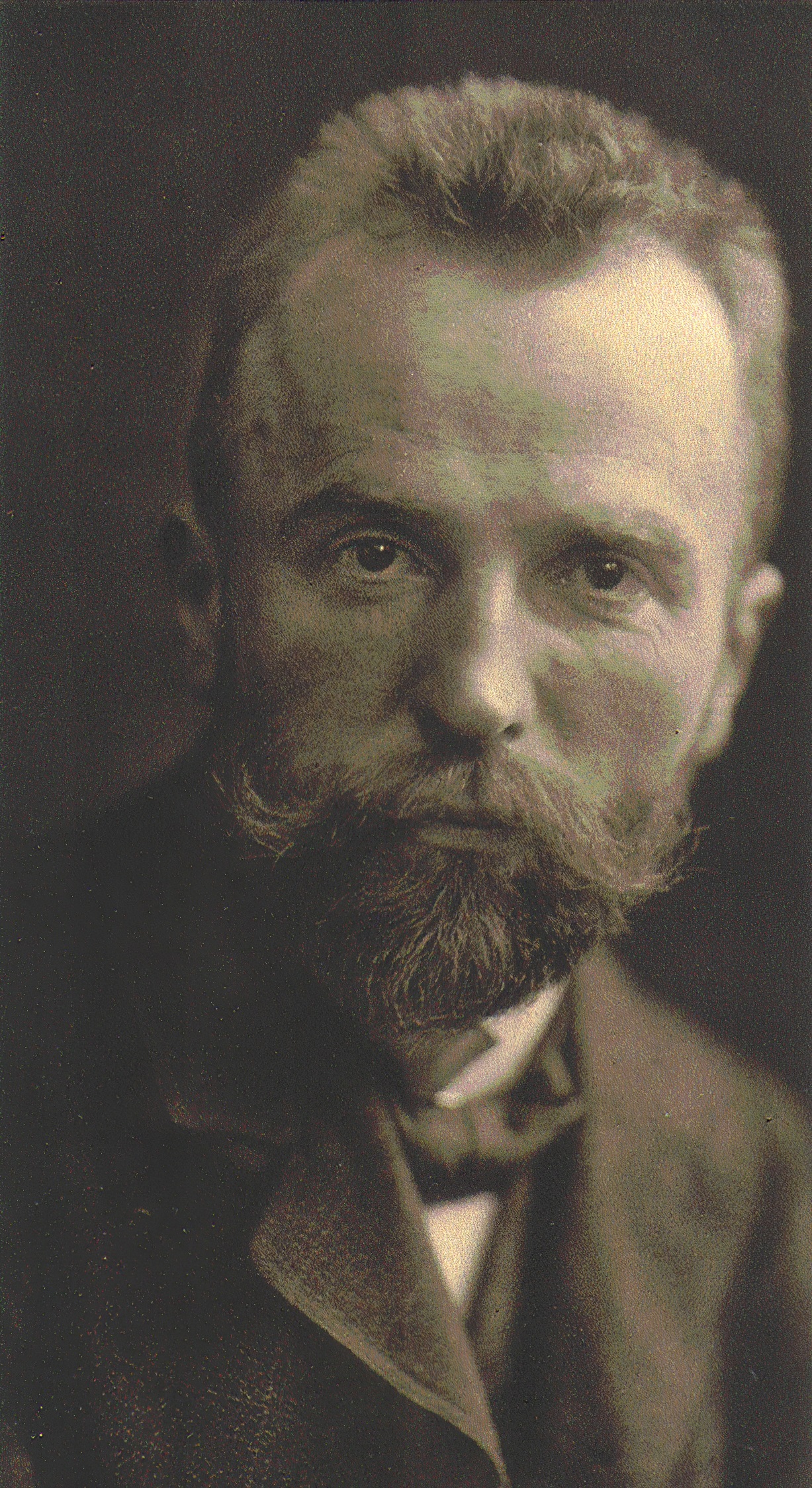
Karl Wilhelm Arthur Illies was a German impressionist painter. He specialised in landscapes and was considered a brilliant graphic artist.

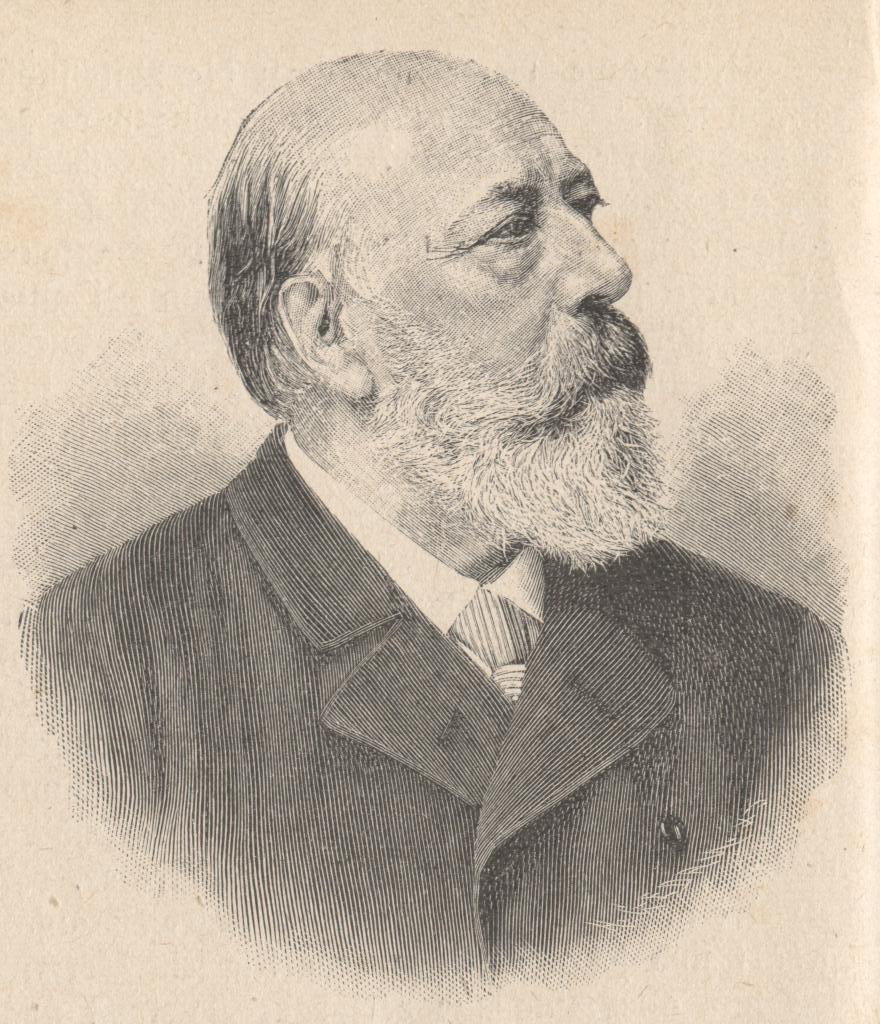
Andreas Achenbach was a German landscape and seascape painter in the Romantic style. He is considered to be one of the founders of the Düsseldorf School.[citation needed] His brother, Oswald, was also a well known landscape painter. Together, based on their initials, they were known as the "Alpha and Omega" of landscape painters.


Anders Andersen-Lundby was a Danish landscape painter. He was most associated with winter landscapes.

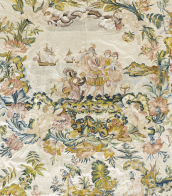
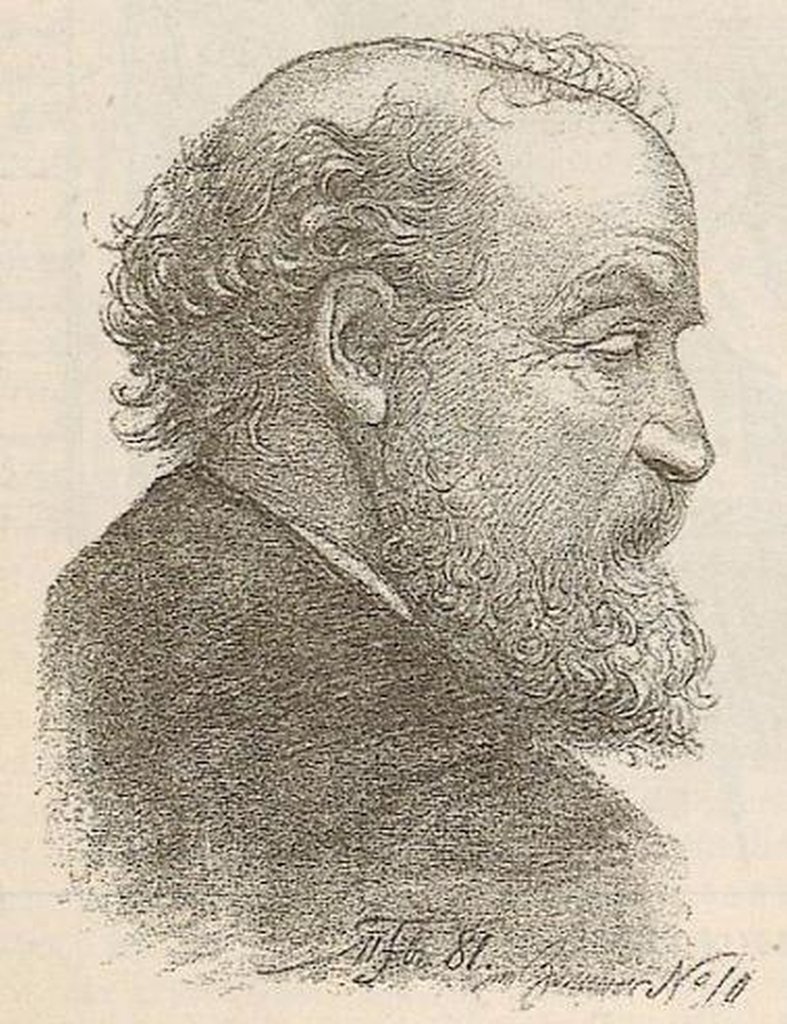
Johann Georg Valentin Ruths was a German painter of the second half of the nineteenth and early twentieth centuries. He is known as a landscape painter.
Ruths painted a variety of natural landscapes, including forests, mountains, plains, desert places and villages. He most often depicted the lower Elbe River, as well as Italian and Swiss vistas. His paintings, imbued with an elegiac mood, are still popular in Germany and are common in galleries and private collections. Some of his famous works are "Evening in the Sabine Mountains", "North German Oak Tree", "The Grave of a Rich Man on the Baltic Coast", "The First Spring Day", "Misty Morning in the Forest" and others.

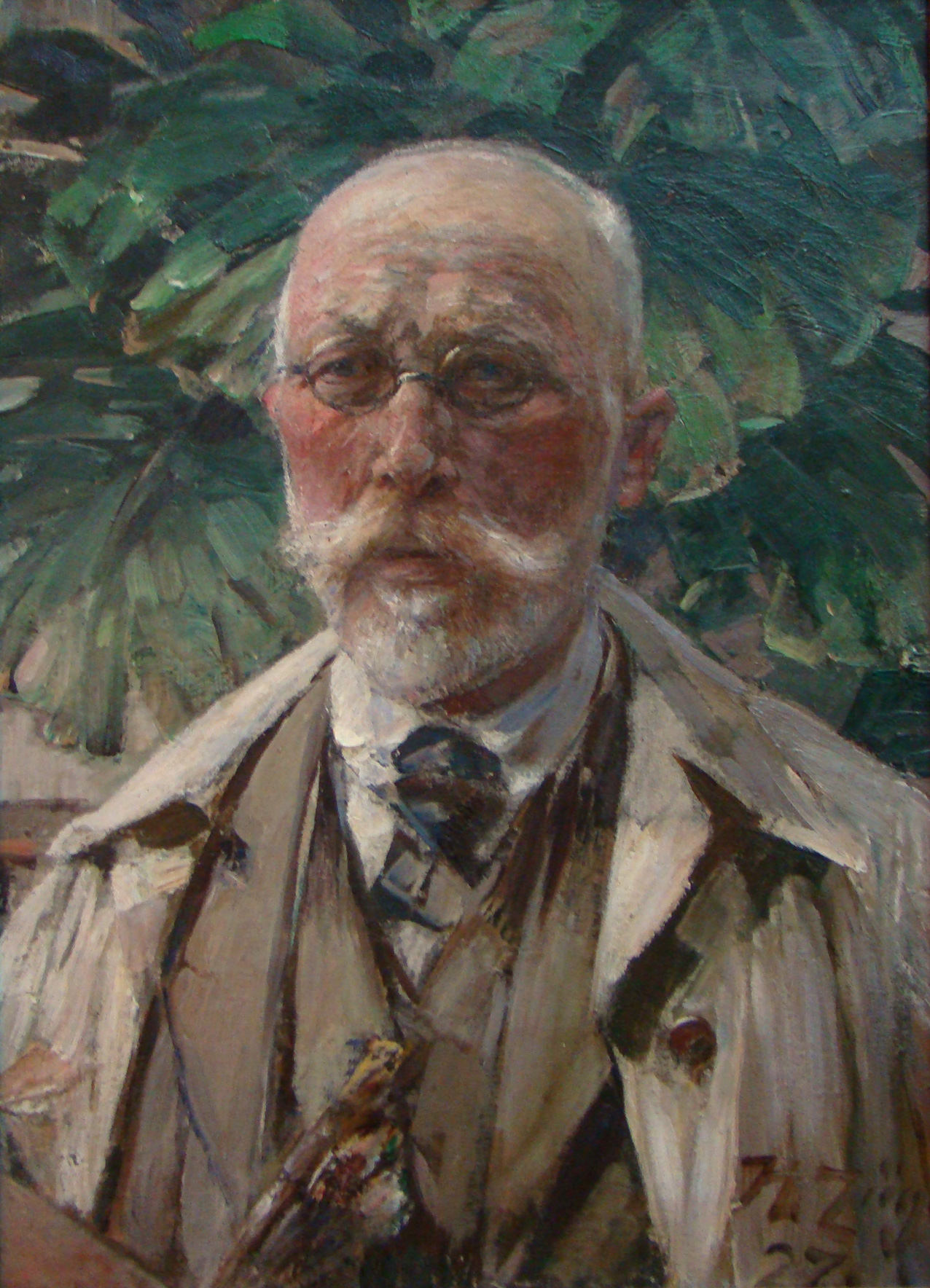
Heinrich Johann von Zügel was a German painter of the late nineteenth century and the first half of the twentieth century. He is known as a painter who specialized in depicting farm animals in dramatic and humorous situations.
Von Zügel invested more than 40 years in the subject of "Hard Labor," depicting mostly the work of oxen. By creating 24 versions of this subject, the artist demonstrated the evolution of his skill from realistic detailing to cubic and monumental interpretation. Von Zügel also created light impressionist paintings, including a self-portrait at the age of 77. In addition to animals, he also painted portraits and cityscapes.


Heinrich Johann von Zügel was a German painter of the late nineteenth century and the first half of the twentieth century. He is known as a painter who specialized in depicting farm animals in dramatic and humorous situations.
Von Zügel invested more than 40 years in the subject of "Hard Labor," depicting mostly the work of oxen. By creating 24 versions of this subject, the artist demonstrated the evolution of his skill from realistic detailing to cubic and monumental interpretation. Von Zügel also created light impressionist paintings, including a self-portrait at the age of 77. In addition to animals, he also painted portraits and cityscapes.

